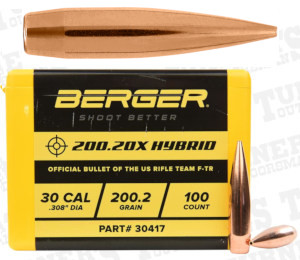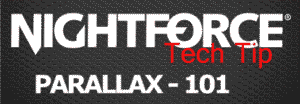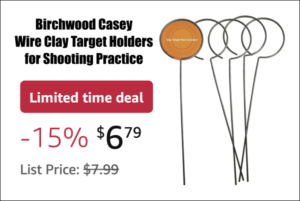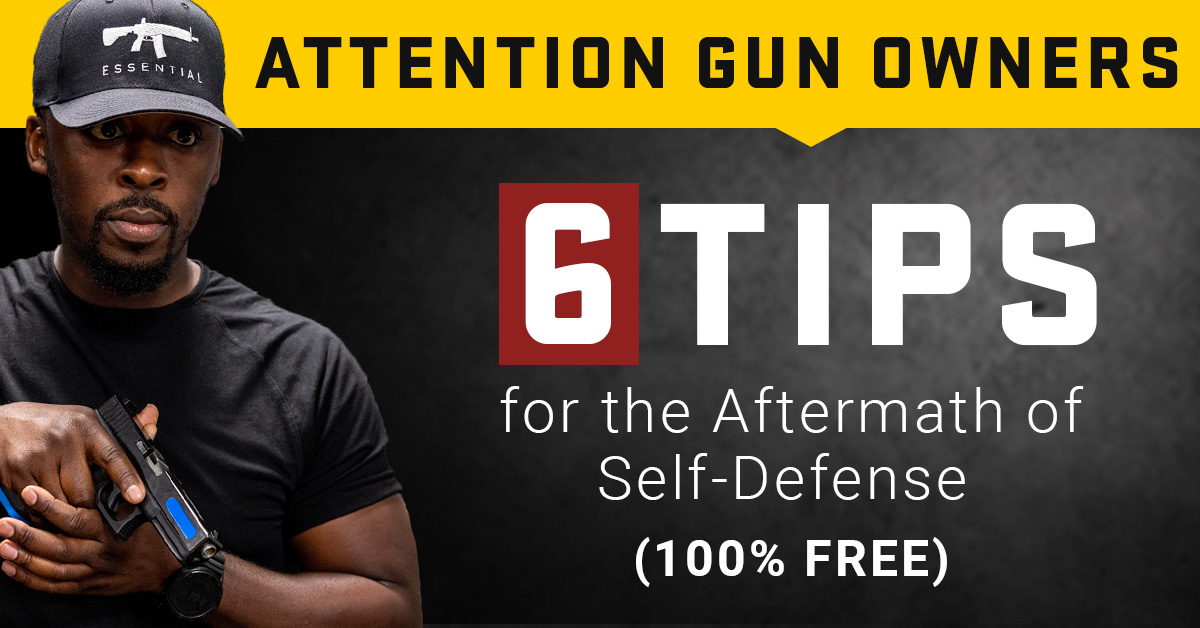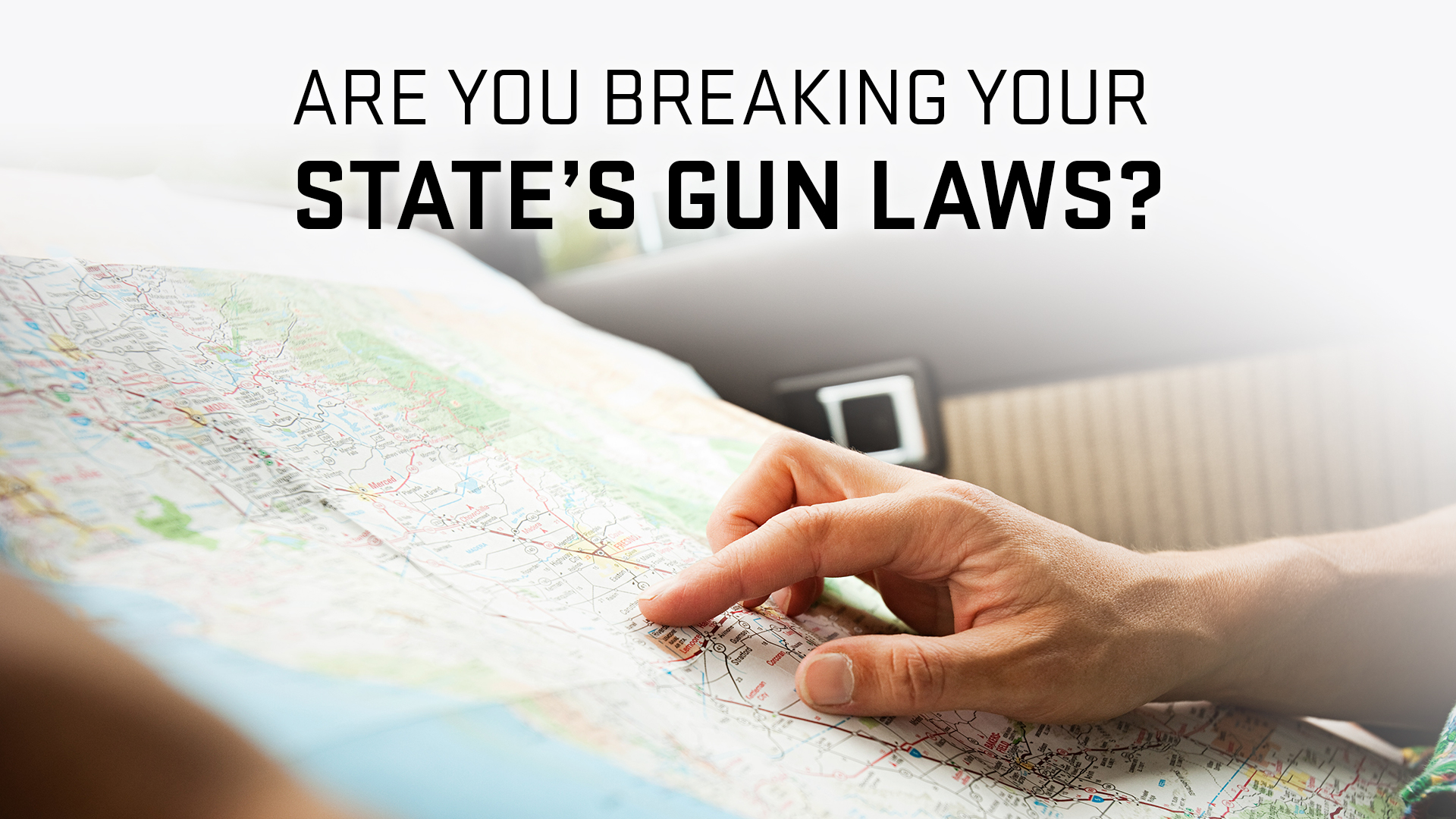September 12th 2023Tangent Secant Hybrid — Bullet Geometry explained by LitzIn discussions about ballistics, there will be references to “tangent”,’secant’, and ‘hybrid shaped bullets. These terms can be confusing for many readers. Bullet makers don’t always label their projectiles secant or hybrid ogive designs, which adds to the confusion. This article explains the differences between tangent, hybrid, and secant ogive bullets. Most match bullets today have a tangent profile, while modern VLD bullets use a secant profile. Berger Bullets’ latest “Hybrid”, or blended, projectiles combine the best of both nose shapes. The secant section reduces drag, while tangent section allows the bullet to be tuned more easily. Bryan Litz, a ballistician for Berger Bullets, explains tangent vs secant bullet ogives in a glossary of his Applied Ballistics site. We reprint the explanation below. Bryan explains then how tangent profiles and secant profiles can combined into a “hybrid design”.The ogive on a bullet is typically described by its radius. This radius is usually given in calibers rather than inches. An 8 ogive bullet in 6mm has an ogive which is a segment of an arc with a diameter of 8*.243=1.952″. For a given bullet nose length, an ogive that is perfectly tangent will have a specific radius. Any radius greater than that will result in the ogive being secant. Secant ogives range from very mild to very aggressive. A secant ogive’s drag is minimized by having a radius twice as long as the tangent radius. If a tangent has an 8 caliber diameter, then for a given nose size, the longest practicable secant ogive is 16 calibers. Ogive Metrics & Rt/R Ratio
LITZ: A number is used to quantify the secantness of an ogive. The Rt/R metric is the ratio between the tangent radius of an ogive and the actual ogive for a bullet. In the example above, the 16 caliber would have an ogive with a Rt/R of 0.5. The Rt/R value of 0.5 is the lowest possible value and represents the minimum drag for an ogive of a certain length. The Rt/R of an ogive that is perfectly tangent is 1.0. Most ogives fall between Rt/R 1.0 and 0.50. The dimensioned drawings that are at the end of the Applied Ballistics Book provide the bullet ogive radius, in calibers as well as the ratio Rt/R. The Rt/R is a measure for how small an ogive really is. 1.0 is the most secant, 0.5 is the least secant.
Bryan Litz developed a number modern “Hybrid design” bullets for Berger. Bryan’s goal in his design work was to create a bullet that would be “not finicky” but also have a low drag. Secant designs that are not hybrid, such as Berger’s 105gr, can have very impressive BC values. However, the bullets may be sensitive to the seating depth. Tom Mousel of Montana has set world records using the Berger VLD in the 6mm Dasher. However, he says that “seating is critical to best accuracy”. Tom Mousel says a mere.003? Seating depth changes “make a difference”. Bryan Litz created the hybrid tangent/secant shape in an effort to create bullets with a high BC that are more forgiving.
Similar Posts: Bullet Geometry: Secant and Hybrid ogives explained Ogive No Jive – Litz explains Tangent and Secant Ogives. Tangent vs. Secant. Bullet Ogive Geometry: Hybrid Tangent vs. Secant Vs. Bryan Litz explains the Hybrid Ogive Tags: Applied Ballistics (Berger Bullets), Bryan Litz, High BC Bullets. Hybrid Bullets. Hybrid Ogive. Seating Depth. Secant. Tangent Ogive.
